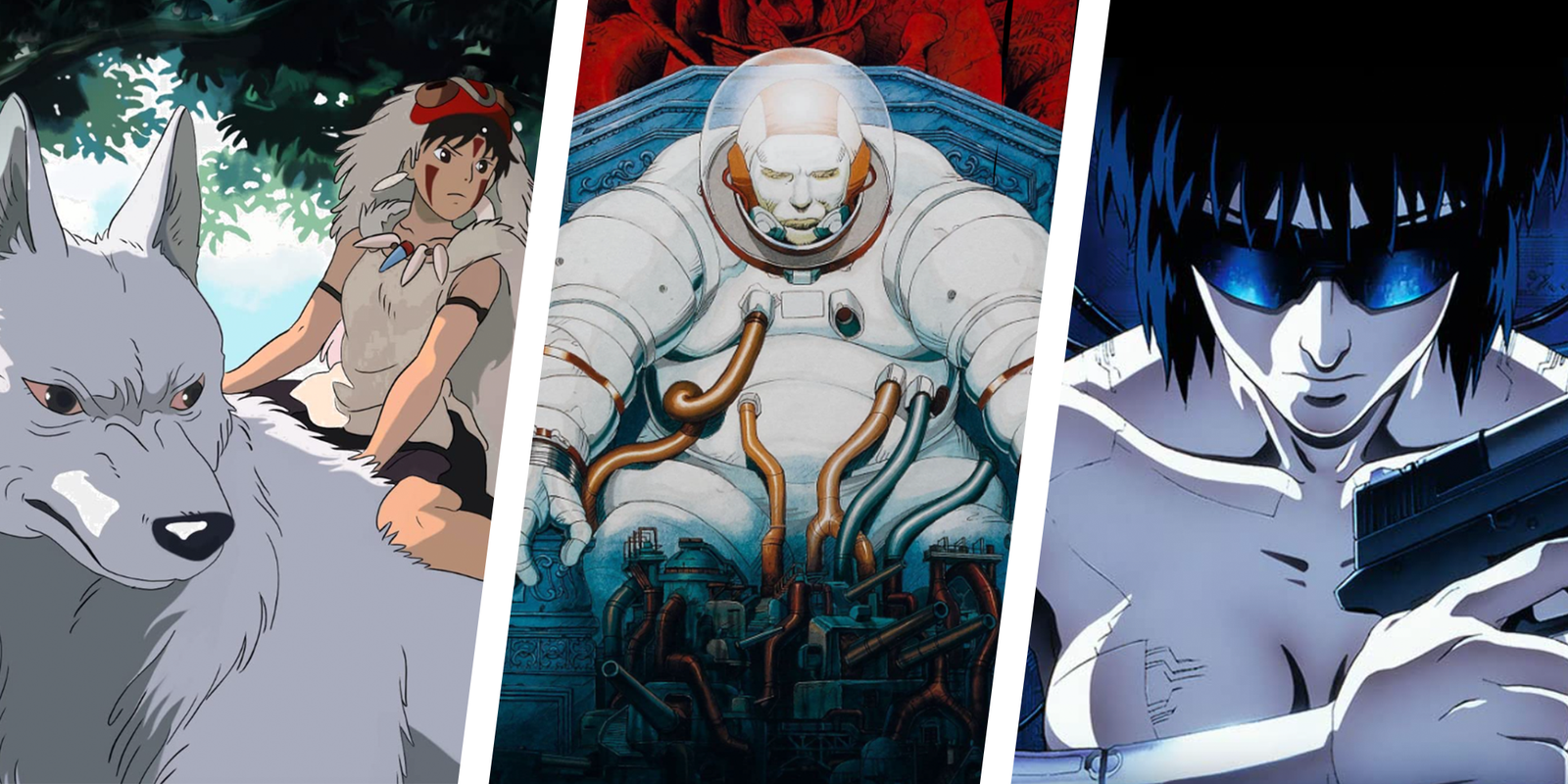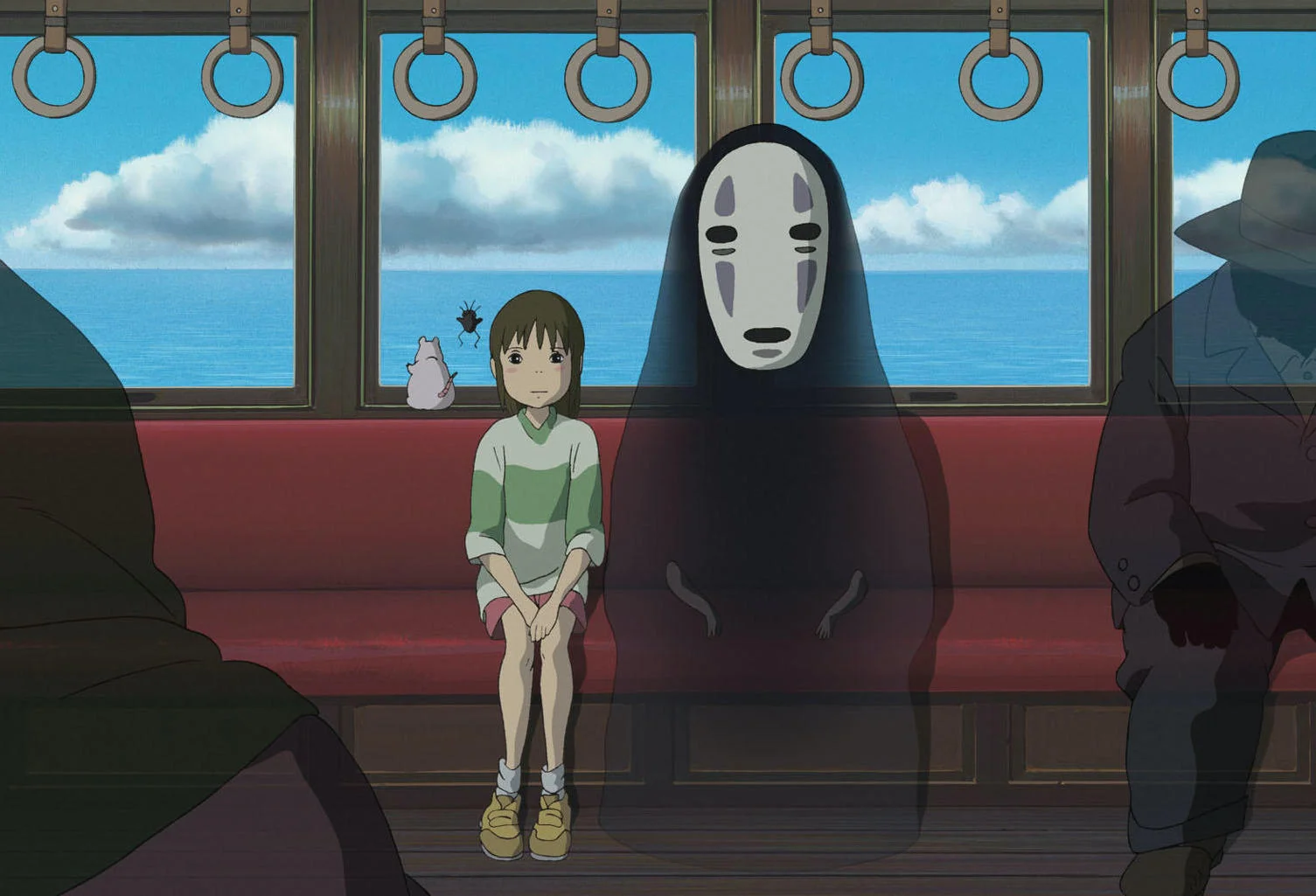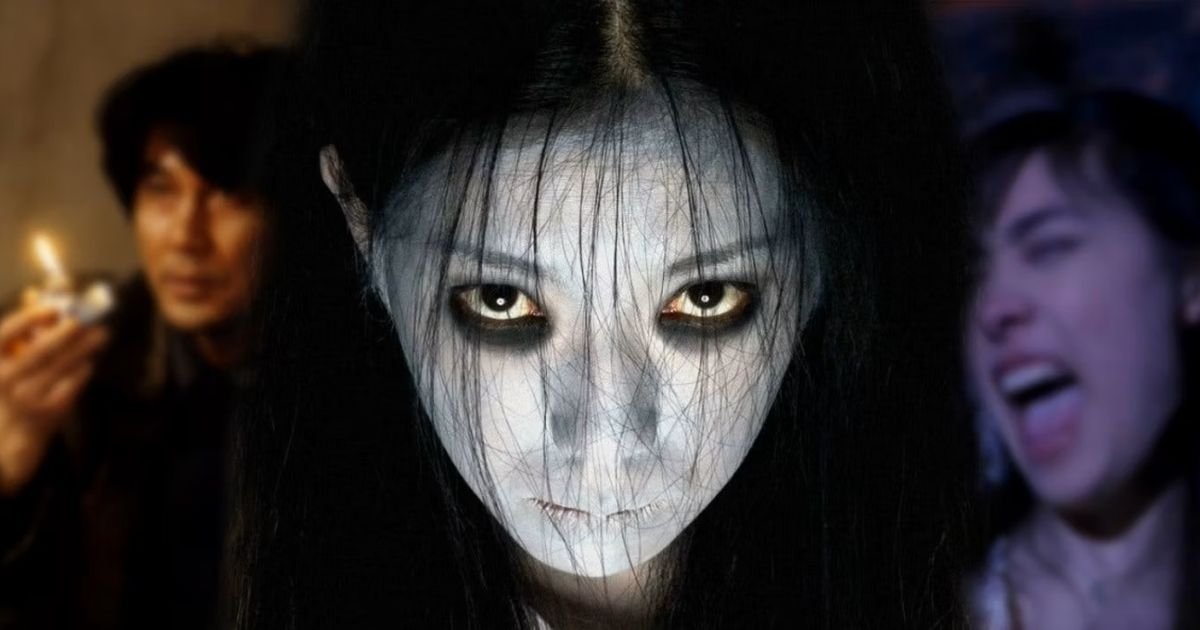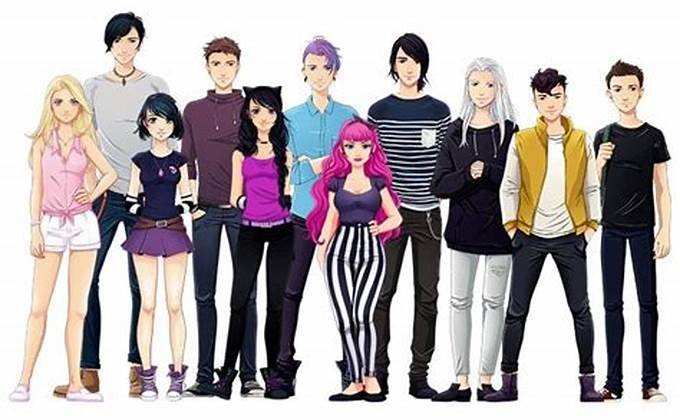Japanese anime films have had a profound impact on the global film industry, pushing boundaries and setting new standards in animation. From pioneering visual styles to innovative storytelling techniques, these films have reshaped how animation is perceived and enjoyed worldwide. This article explores Japanese anime films that have redefined the industry, highlighting their groundbreaking contributions.
Akira (1988)
Akira, directed by Katsuhiro Otomo, is a seminal work in anime history. Set in a dystopian future, the film explores themes of power, rebellion, and technology through its intense narrative and striking visual style. Akira‘s influence extends beyond anime, impacting global pop culture and inspiring numerous filmmakers and artists. Its complex animation techniques and cyberpunk aesthetic have become benchmarks for the genre.
Spirited Away (2001)
Hayao Miyazaki’s Spirited Away is widely regarded as one of the greatest animated films of all time. The film follows Chihiro, a young girl who enters a magical world to save her parents. Spirited Away won the Academy Award for Best Animated Feature and remains a touchstone in animation. Its intricate world-building, rich storytelling, and emotional depth have set new standards for the genre.
Ghost in the Shell (1995)
Directed by Mamoru Oshii, Ghost in the Shell explores themes of consciousness and technology in a futuristic setting. The film’s philosophical depth and pioneering use of computer-generated imagery have left a lasting impact on both anime and global cinema. Ghost in the Shell has influenced a range of media, including Hollywood films and video games, with its visionary approach to cyberpunk storytelling.
My Neighbor Totoro (1988)
My Neighbor Totoro, directed by Hayao Miyazaki, introduced audiences to the whimsical and heartwarming world of Studio Ghibli. The film’s portrayal of rural life and its gentle storytelling have made it a beloved classic. The character of Totoro has become an icon of Japanese animation, representing the magical and serene qualities that define many Studio Ghibli films.
Princess Mononoke (1997)
In Princess Mononoke, Hayao Miyazaki presents an epic tale of environmentalism and conflict between nature and industrialization. The film’s mature themes, complex characters, and stunning animation have established it as a groundbreaking work in anime. Princess Mononoke’s influence extends to environmental discourse and has set a precedent for incorporating serious themes into animated films.
Your Name (2016)
Directed by Makoto Shinkai, Your Name is a modern classic that combines romance and science fiction. The film follows two teenagers who mysteriously switch bodies and form a deep connection. With its breathtaking animation and emotionally resonant story, Your Name became a global phenomenon, showcasing the power of anime to captivate audiences worldwide and redefine expectations for contemporary animated films.
Paprika (2006)
Satoshi Kon’s Paprika is a visually striking film that delves into the nature of dreams and reality. The film’s innovative animation style and complex narrative have made it a major influence on both anime and international cinema. Paprika’s exploration of the subconscious and its impact on dreamlike storytelling have set new standards for creative and psychological depth in animation.
The Tale of the Princess Kaguya (2013)
Isao Takahata’s The Tale of the Princess Kaguya is notable for its unique animation style, which resembles traditional Japanese watercolor paintings. The film, based on a classic folktale, combines beautiful visuals with a poignant story about the fleeting nature of life. The Tale of the Princess Kaguya represents a significant departure from conventional animation techniques, offering a fresh perspective on visual storytelling.

Nausicaä of the Valley of the Wind (1984)
Although released before Studio Ghibli’s official founding, Nausicaä of the Valley of the Wind is a foundational film for the studio. Directed by Hayao Miyazaki, the film features a strong environmental message and an imaginative post-apocalyptic world. Its influence on Studio Ghibli’s subsequent works and its impact on the anime industry have cemented its place as a groundbreaking film.
Howl’s Moving Castle (2004)
In Howl’s Moving Castle, Hayao Miyazaki presents a fantastical adventure that blends magic, romance, and anti-war themes. The film’s creative use of animation and its exploration of personal transformation have set it apart as a significant work in the anime genre. Howl’s Moving Castle continues to inspire audiences with its imaginative world and compelling storytelling.
Conclusion
Japanese anime films have redefined the animation industry through their innovative storytelling, artistic techniques, and cultural impact. From the cyberpunk dystopia of Akira to the emotional depth of Spirited Away, these films have set new standards and influenced a wide range of media. Their contributions continue to shape the future of animation and captivate audiences around the world.










